29 June 2016
Frontiers of Responsive Architecture
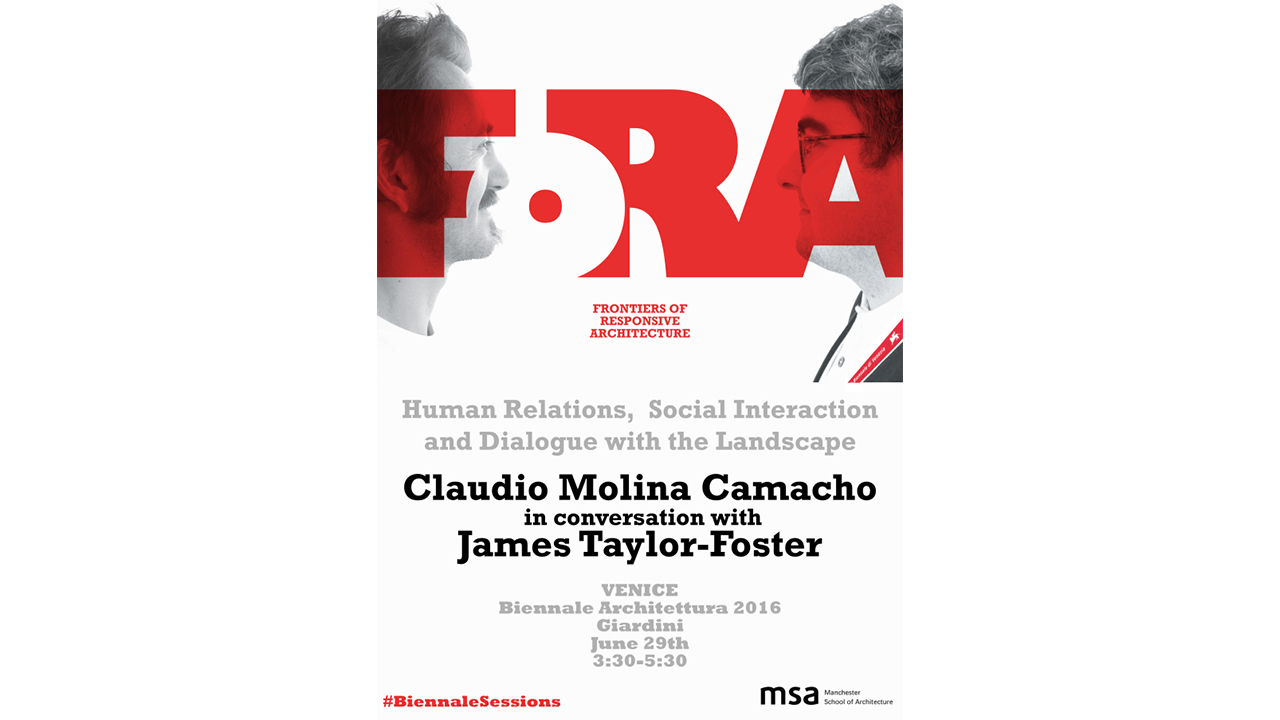
Symposium: Frontiers of Responsive Architecture
'Human Relations, Social Interaction and Dialogue with the Landscape' as the theme of our contribution to the #BiennaleSessions in which Chilean architect Claudio Molina Camacho will be in conversation with James Taylor-Foster of the Nordic Pavilion.
Brief:
In a world where urban inequality presents itself as an insurmountable problem, there is no question that a transformation of our cities is needed. Can we continue to live our lives in naïve serenity and rely on our local and national governments to change these circumstances? What roles does architecture play in this dilemma? Urban challenges of underutilized space and irrational overbuilding have created a global divide for shelter which should be addressed with resourcefulness. To build homes quickly, local materials and plans for shelter need to be identified before an emergency arises. The potential for future re-use should always be considered. Is this agenda a sufficiently high priority for architects? An initiative towards innovative but reliable architecture offers one solution. To simplify the conflict between social need and the existing infrastructure requires mobilisation of solidarity. Should we be standing at the front of this battle not as reporters but as engaged architects addressing issues of resilient urban design?
Biennale:
REPORTING FROM THE FRONT Alejandro Aravena's theme as Director of the Venice Architecture Biennale 2016 offered a wide-open opportunity for architects, academics and critics to present and debate contemporary architecture and urbanism with a particular emphasis on the borderlines of professional activity and its interactions with different social groups.
On June 29, 2016, the MA A+U hosted their annual symposium entitled 'Frontiers of Responsive Architecture' as part of the Biennale Sessions at the Venice Architecture Biennale. This year's symposium held in the main pavilion at the Giardini di Biennale took the form of a conversation between Chilean architect Claudio Molina Camacho and James Taylor-Foster co-curator of the Nordic Pavilion at this year's Biennale based around a discussion of some of Molina Camacho's built and unbuilt projects. Claudio presented some of his finest works from his previous experiences in Santiago, Chile. As the first project was on a site with variable topography, with a pond and forest nearby, he considered them as an opportunity to understand how nature works. He explains how by understanding how nature, trees and forest try to seek light and adapt accordingly, similarly, architecture could also morph by transferring negative spaces into the context. As for human, senses like touch and sound are important, equally is the sense of light for space. How strikingly the atmosphere and the experience of space changes when the light is manipulated. This philosophy was backed by the drawings of Claudio, which showed a consistent dialogue with the structures. His other project was a small house in the Mapuche community with a constrained budget. Mapuche people are more into nature and landscape and have an entirely different type of housing strategy as Claudio described.
He explained that if the budget is constrained, looking upon the surroundings and taking help from materials provided by nature is the best and a free solution. Also, some materials are always free to use, like light and shadow, air accessibilities. However, in Chilean context, the topography is rich with trees and landscape, and asking the clients for their willingness to use materials from the surroundings to build their houses is how to work, nature-inspired responsive architecture.
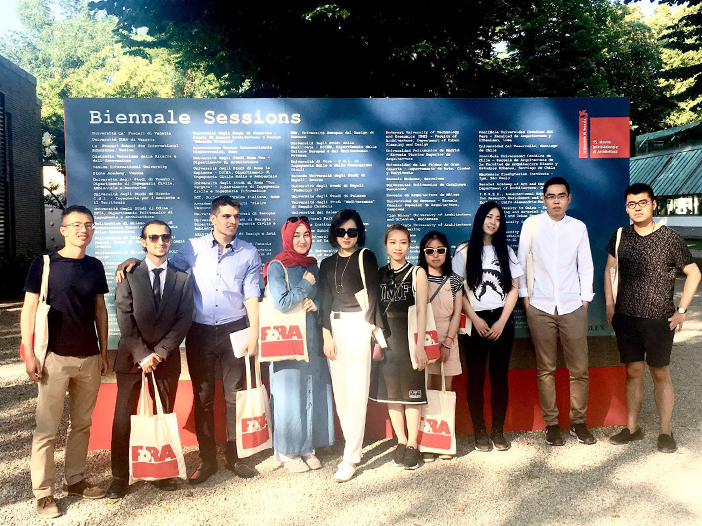
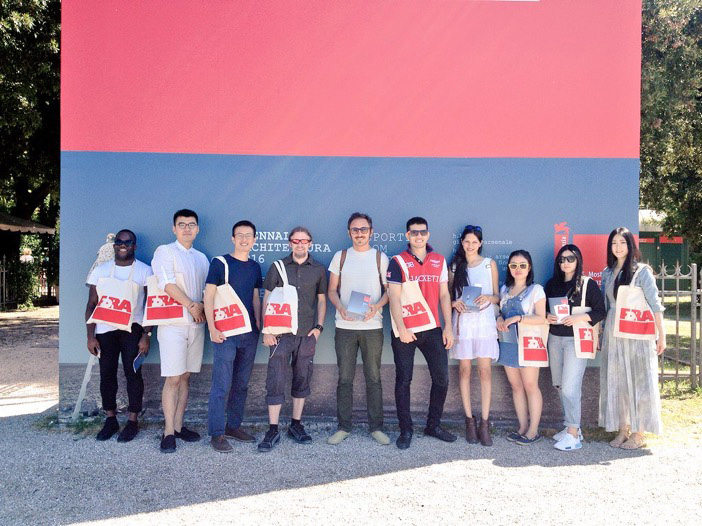
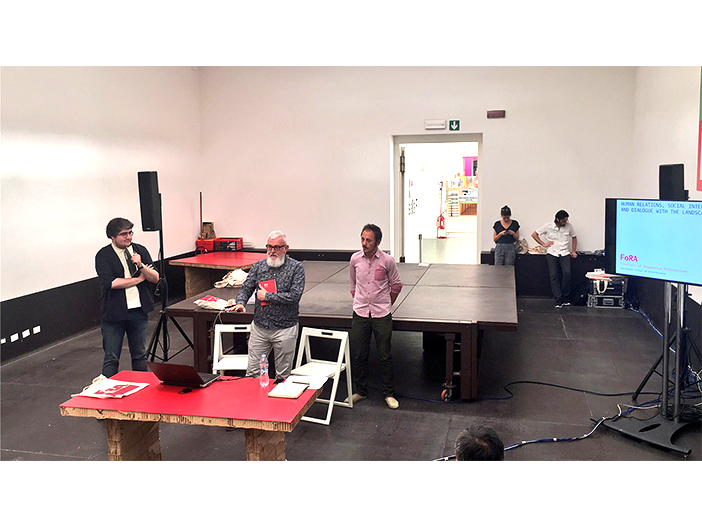
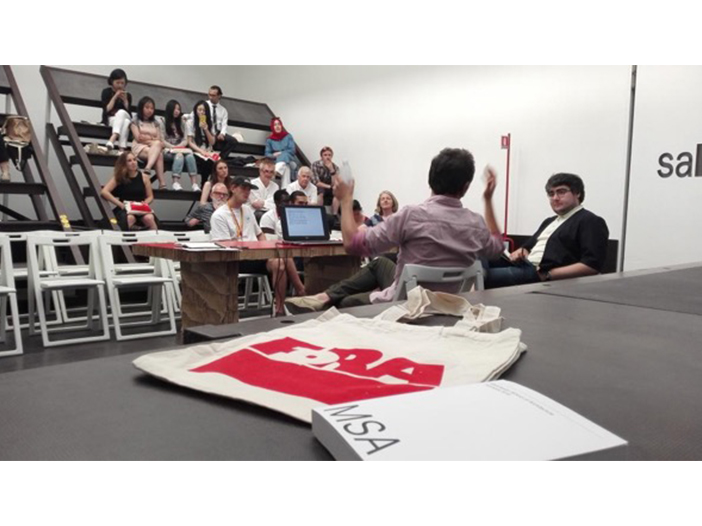
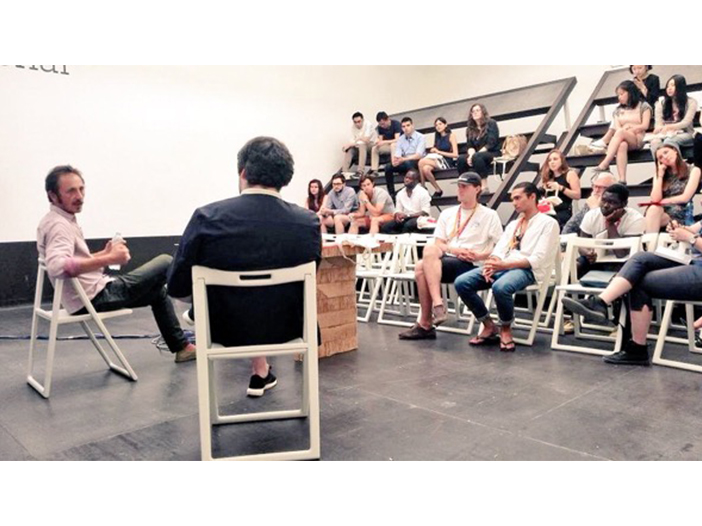
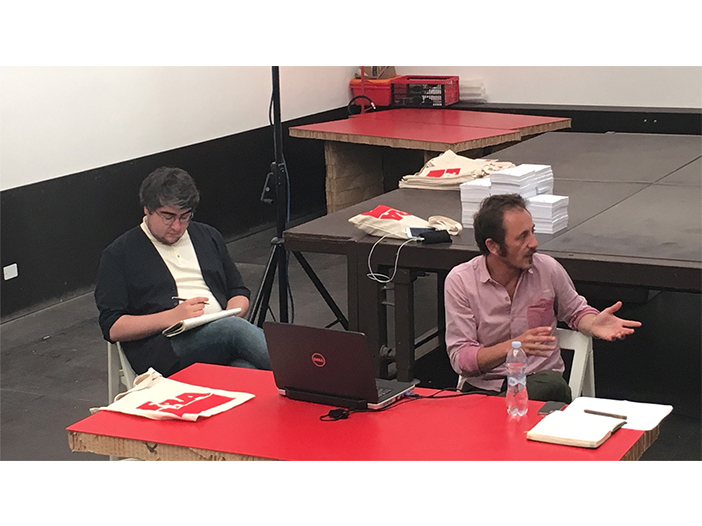
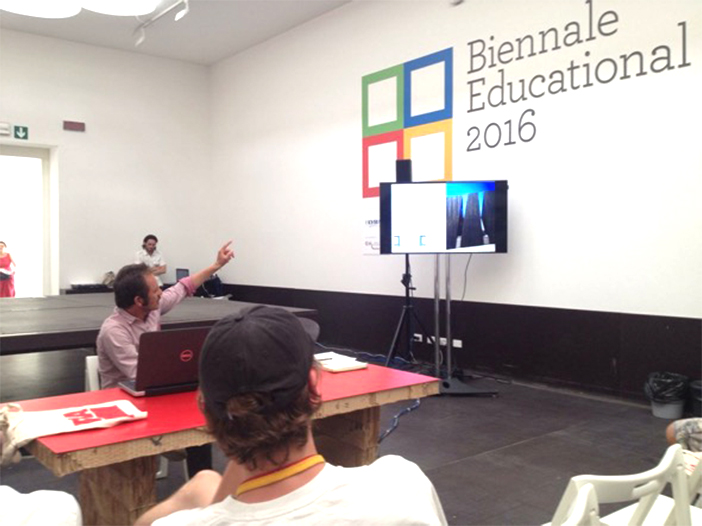
Read More